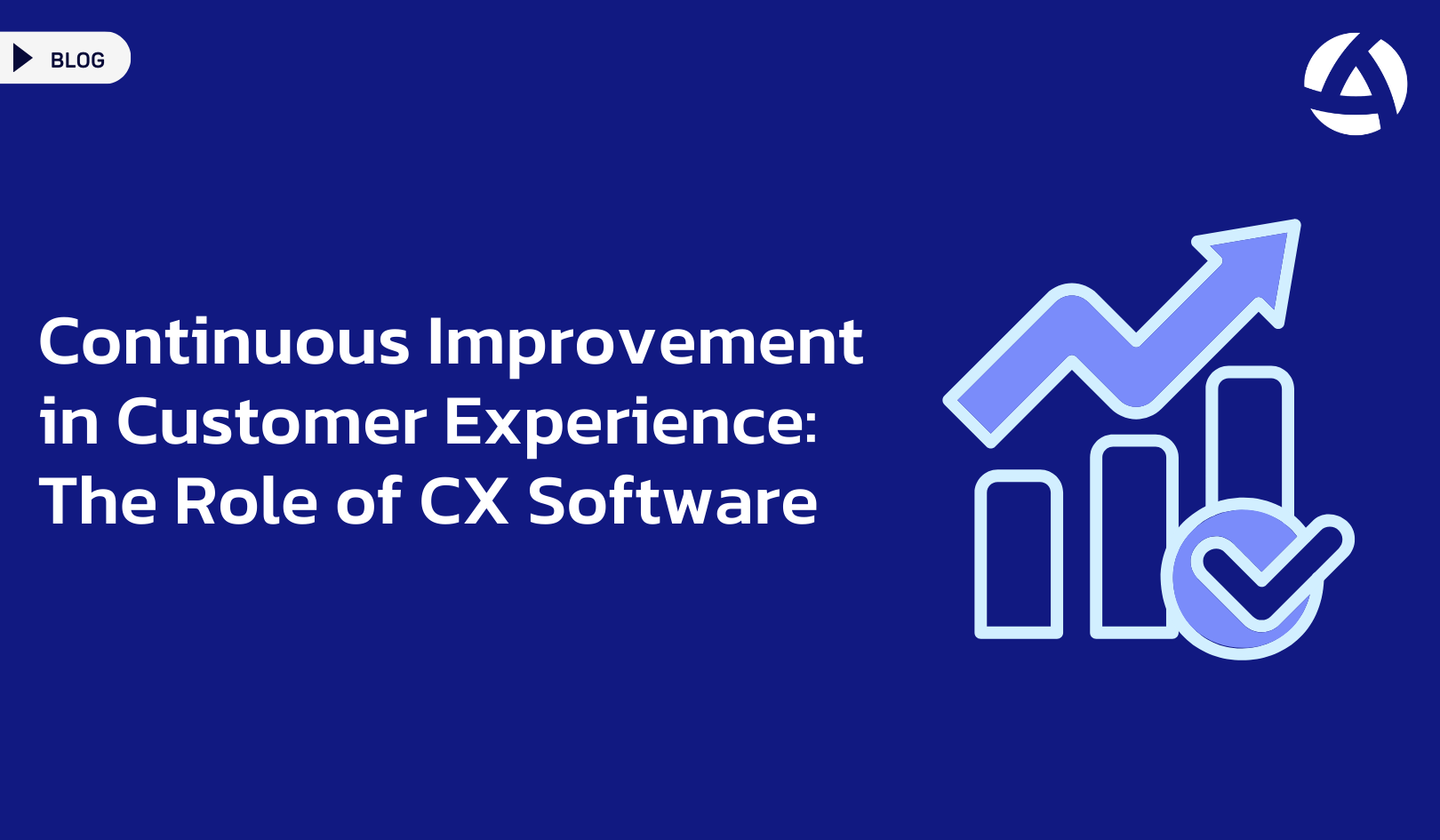Understanding customer sentiment is key to providing exceptional service and fostering loyalty. Sentiment analysis, a component of Customer Experience Analytics, enables businesses to decode customer emotions and opinions, offering a deeper understanding of their needs and preferences. By analyzing customer feedback, companies can make informed decisions to improve their products and services.
What is Sentiment Analysis?
Sentiment analysis is a technique used to identify and categorize emotions in textual data. It involves:
- Text Processing: Extracting relevant information from customer reviews, social media comments, and other textual feedback.
- Emotion Detection: Determining the sentiment behind the text, whether positive, negative, or neutral.
- Data Interpretation: Converting qualitative data into quantitative insights to identify trends and patterns.
The Role of Customer Experience Analytics in Sentiment Analysis
Customer Experience Analytics integrates sentiment analysis to provide a comprehensive view of customer emotions. This integration helps businesses:
- Identify Customer Pain Points: Pinpoint areas where customers express dissatisfaction.
- Recognize Positive Trends: Highlight aspects of the business that customers appreciate.
- Track Sentiment Over Time: Monitor how customer sentiment evolves with changes in products or services.
Benefits of Using Sentiment Analysis
Incorporating sentiment analysis into Customer Experience Analytics offers numerous advantages:
- Enhanced Customer Understanding: Gain a nuanced understanding of customer emotions and opinions.
- Proactive Issue Resolution: Address negative feedback promptly to prevent potential issues.
- Improved Customer Satisfaction: Tailor products and services to better meet customer expectations.
- Informed Decision-Making: Base strategic decisions on comprehensive sentiment data.
Implementing Sentiment Analysis
To effectively implement sentiment analysis, businesses should follow these steps:
- Data Collection: Gather textual feedback from various sources such as surveys, reviews, and social media.
- Sentiment Analysis Tools: Utilize advanced tools and software to process and analyze the data.
- Actionable Insights: Translate the analysis into actionable insights to improve customer experience.
- Continuous Monitoring: Regularly update the sentiment analysis to stay attuned to customer sentiment.
Practical Applications of Sentiment Analysis
Sentiment analysis can be applied in various ways to enhance customer experience:
- Product Development: Understand customer preferences to guide product enhancements and innovations.
- Marketing Strategies: Tailor marketing campaigns based on customer emotions and opinions.
- Customer Service: Train customer service teams to handle negative feedback effectively and leverage positive feedback for testimonials.
- Brand Management: Monitor and manage brand reputation by analyzing public sentiment on social media and review sites.
Choosing the Right Sentiment Analysis Tool
When selecting a sentiment analysis tool, consider the following features:
- Accuracy: The tool should provide precise sentiment detection.
- Scalability: It should handle large volumes of data as your business grows.
- Integration: Ensure the tool integrates seamlessly with your existing Customer Experience Analytics platform.
- User-Friendly Interface: A straightforward interface makes it easier for team members to use effectively.
Conclusion
Customer Experience Analytics, powered by sentiment analysis, provides a deep understanding of customer emotions and opinions. By leveraging these insights, businesses can enhance customer satisfaction, resolve issues proactively, and make informed strategic decisions. Implementing sentiment analysis not only improves customer experience but also drives business growth and success. Embrace sentiment analysis as part of your Customer Experience Analytics strategy to unlock the full potential of customer feedback.




